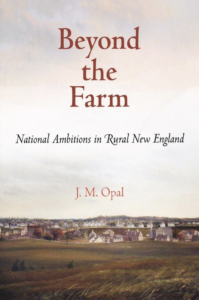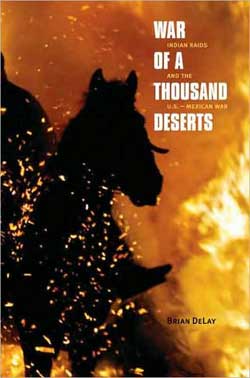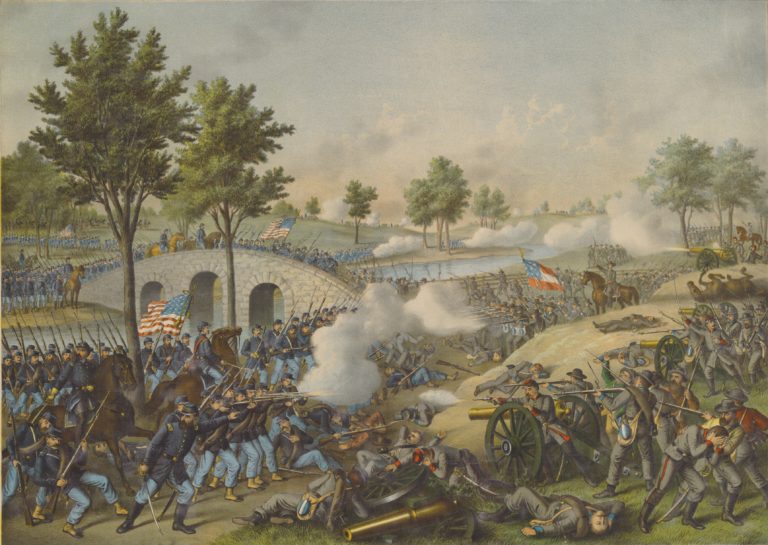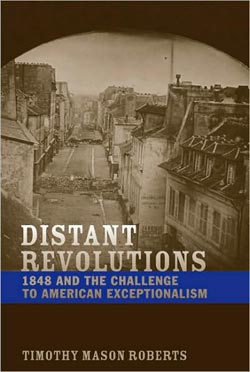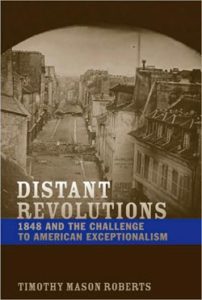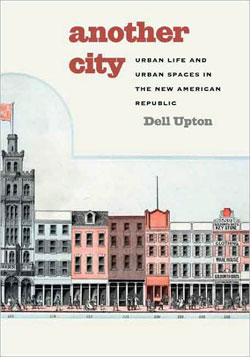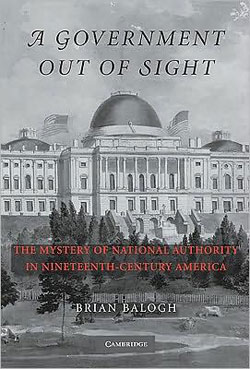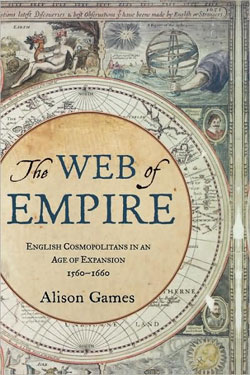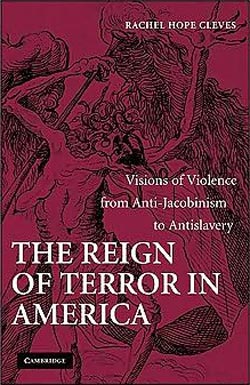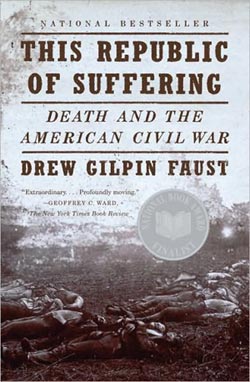The Motivational Revolution
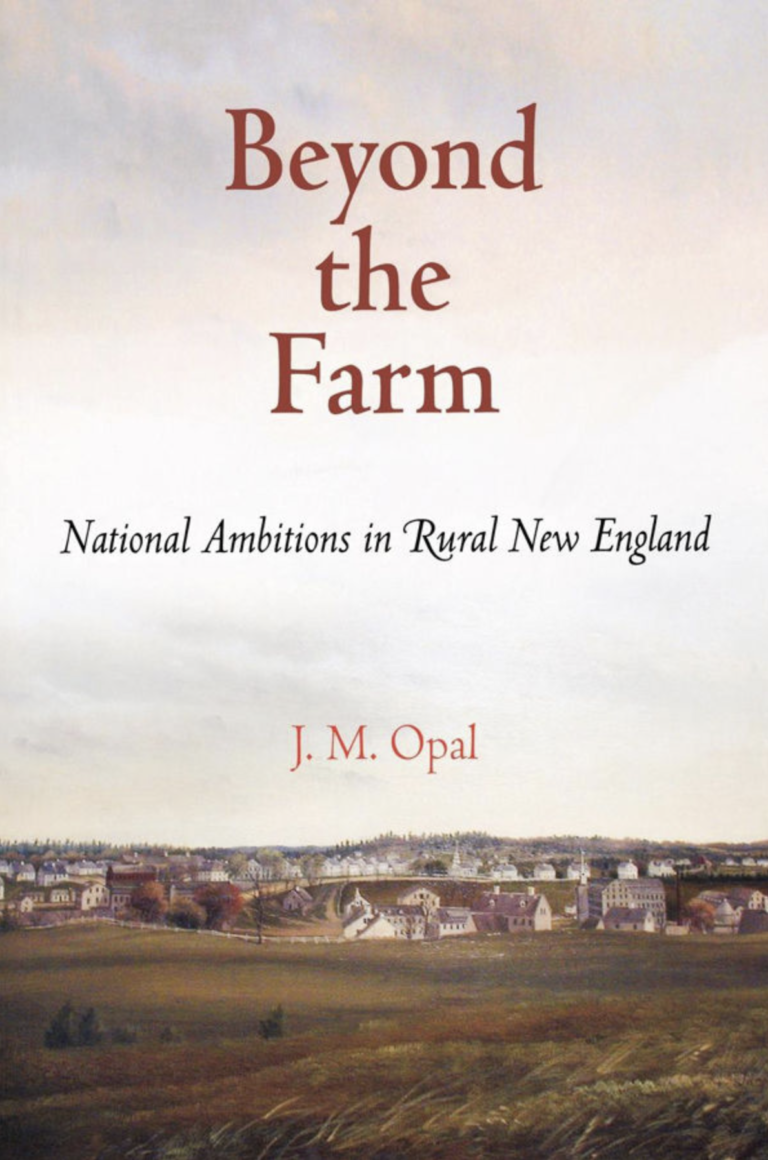
Americans, J. M. Opal argues in his wonderful new book, have often been ambivalent about the concept of ambition. Typically, they believe that they have the unique “opportunity” or “right” to fulfill their dreams for advancement under the apparently liberating canopy of republican government and capitalist political economy (vii). Yet in times of crisis such as the present, Americans earnestly wonder whether ambition has gotten out of hand in the land of the free. Many ordinary citizens, facing the prospect of bankruptcy or unemployment during the current recession, have vented their outrage both at business executives who collected substantial bonuses after their speculations put the nation at risk and at politicians who voted to bail out powerful firms with stimulus funds. Few political or economic leaders, from the perspective of Main Street, seem particularly exercised about the inability of many Americans to realize the aspirations embedded in the “American Dream.” Therein lies a conundrum: Americans believe they have the right to be ambitious—theirs is a nation conceived in liberty—and yet the buoyant ambitions of the few often drown the hopes of the many. Pundits scouring the past for precedents to this economic meltdown and its consequences have rarely ventured earlier than the depression of the 1930s, so Beyond the Farm is refreshing because it shows that Americans’ ambivalence about ambition is intertwined not only in the culture of the market but in the very founding of their nation.
Opal makes significant contributions to the literature on “sensibility” during the Enlightenment and American Revolution, and connects the ideological impulses of the founding era to the development of an antebellum culture of capitalism in exciting new ways. He judiciously leavens a history of cultural keywords with compelling biographies of six ordinary New England strivers and interesting social histories of the towns in which they resided. He uses an impressive array of manuscript and published primary sources—ranging from town and school records, to newspapers and sermons, to diaries and personal memoirs—in order to support his findings.
Between the 1780s and the 1830s, Opal contends, Americans unleashed and participated in a “motivational revolution” (122) that emerged from their political revolution against Great Britain and eventually intersected with the economic revolution that shaped the ways they participated and thought about market engagement in the Early Republic. As the authors of the nation’s new constitution envisioned an “extended republic,” so too did ministers, teachers, storekeepers, and young people embark upon a “campaign” to convince rural Americans to link the concepts of “self and success, value and virtue, public need and personal worth” with the development of the new nation (ix, 49). This cosmopolitan sensibility stretched the bounded aspirations of households beyond their traditionally provincial contexts.
The resulting transformation of the meanings of ambition, coinciding with the making of the nation, elicited optimism and anxiety among individuals and families since it offered opportunities to the motivated but also unsettled the means for (and meanings of) advancement in a burgeoning market economy. Rural Americans worried about the ethical basis of this transformation, uncertain if they could reconcile this public spirit with the private goals of their households. Many of them keenly felt what this change had cost them and their families, and spurned cosmopolitan selfhood in later life. By the 1830s, though, as household ties continued to fray, Americans more confidently adopted a modern notion of the self—made through purely individualistic means in the market—and obscured its formation through familial, communal, and national ties.
In the eighteenth century, ambition—a passion widely attributed to elite men desperate to accumulate power—was a vice because it tended to attenuate and break social bonds. During the Enlightenment, however, the words “emulation” and “enterprise” began to do the cultural work necessary to refashion ambition into a moral virtue that might rival political and religious institutions in its ability to create and maintain social “harmony” (4). In the 1780s, promoters of the public spirit and the new federal constitution justified liberal and national goals by linking them with emulation and condemned local and provincial interests by connecting them with greed. Yet for rural American men who sought “independence” and “contentment” through “industry” and “competency,” liberal and national cosmopolitanism seemed superfluous to their lives, a direct affront to their power as patriarchs and a perversion of the true meanings of the Revolution (18). “Exciting emulation” among youth evoked disturbing visions of social disorder in locales where old men expected sons to “follow” in their footsteps (26). “Industry” should support households rather than worldly projects that might deplete a community’s precious resources. Personal and political independence—the guiding object of the Revolution—retained the allegiance of most country people during the nation’s “critical period.”
The impressive rate at which advocates for the liberal public spirit were able to wear away opposition to its precepts among provincial folk is striking. In the 1790s and 1800s, more and more young, white American men were beginning to think of propertied independence as “mere independence” (ix)—a disappointing status that spoke only to the goals of rural “contentment” and “competency” that had inspired their fathers during the Revolution. Some citizens, aiming outside their communities, sought commercial opportunities that would connect them with producers, consumers, and cosmopolitan sorts. Hardly serving themselves (they said), their “enterprise did not imply competition where one gained and another lost,” but rather suggested “a generous ethic of collective betterment” (53). Shareholders of corporations funded the construction of bridges and turnpike roads, facilitating commerce and redefining the meanings of the “public” and the “People” to highlight their “civic conscience” and create a more expansive notion of liberal citizenship in the new nation (54). Villages sprouted at key intersections, and on these “prosperous and promising, civil and civic” Main Streets, citizens united around extra-local commerce rather than through exchanging work and goods with each other (66).
Just as commerce propelled villagers to seek trading partners outside the community, the new liberal spirit motivated young men to redefine a number of terms in the nation’s “cultural vocabulary” (175). Young farmboys, whom disappointed fathers judged to be “lazy,” found opportunities to work hard and excel in the classrooms of private academies that embodied new definitions of the public more clearly than local district schools (103). End-of-term academy exhibitions offered public proof of students’ achievements and opportunities to cultivate a public voice. Students could marshal “industry” to achieve personal plaudits as well as household aims (124). Cosmopolitans condemned the “envy” of narrow-minded farmers who did not recognize the benefits of a wide-ranging curriculum and the steady habits that academies honed, overturning the meaning of a word previously associated with ambitious rural people taking an interest in worldly things (74). Praise in the classroom gave young men the confidence not only to seek “independence” on their own terms outside of the household, but to cast those quests as ones of their own making (90).
According to Opal, the criticism academies provoked shows that “ambition for and in the nation was not so much a controversial idea as a practical impossibility” within small farming communities (90). The public spirit remained mostly ephemeral in these places, unconnected to the reality that “the nation” these young men “sought to embody had small use for their aspirations” (127). Ambitious sorts were turning away from the disapproval of family members who would not countenance their social climbing outside their community and seeking fellowship with men whom “they did not know” (139). Cut adrift from provincial neighborhoods that would only validate local aspirations, young strivers sometimes failed to garner acclaim in a market and nation that was much less forgiving—and more ruthlessly competitive—than cosmopolitans admitted. Young men responded by finding solace in the older cultural vocabulary, reaffirming how “honest” and “industrious” they were, describing their ambitions as “duty” to their fellow man, and even hoping that they would merely earn their “independence” (136, 152, 146). These words were pale imitations of the brave new spirit invigorating the nation; the resurgence of this vocabulary’s traditional meanings suggests that many young men were in full retreat after being buffeted by the unforgiving currents of the market economy. Ambitious sorts, undeterred, tried to incorporate the liberalism of nation and market with the republicanism of patriarchal households, but an anxious few reacted to the development of a boom-and-bust economy after 1815 by overtly rejecting the optimistic cosmopolitanism of their youth.
Yet Opal sees 1815 as a “tipping point in the wider culture . . . from the goals of the household and local independence to those of individual and national distinction” (155). Many of Opal’s main characters—aspiring ministers, educators, and men of business who did not achieve fame outside of their local areas—would have been shocked to see their Victorian-era sons call themselves “self-made men” whose primary responsibility was to ensure the wellbeing of their wives and children in private, domestic havens from the market rather than to protect the public good in the community or the nation. Ambition had truly become a “national creed” that most Americans shared by the 1830s (180), but its meaning had changed once again. The concept of individualistic self-making remains a cherished, if ultimately beguiling, aspect of our national inheritance. That legacy, as Opal demonstrates, has obscured other viable meanings for and sources of ambition in the early national period. While it is still too early to tell, perhaps the recent recession will motivate Americans to modify their personal aspirations and reassess their nation’s ambivalent stance toward ambition. Opal’s superbly written and persuasively argued book might show them how.
Brian P. Luskey is assistant professor of history at West Virginia University and author of On the Make: Clerks and the Quest for Capital in Nineteenth-Century America (2010).
